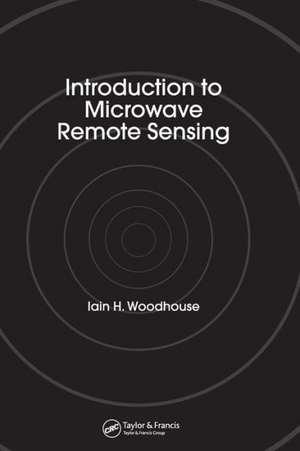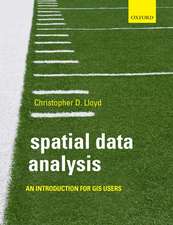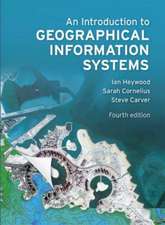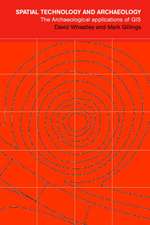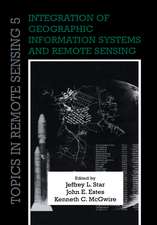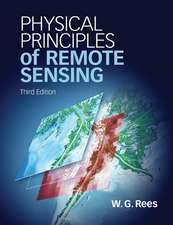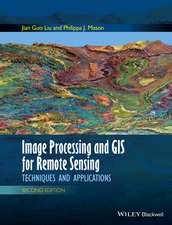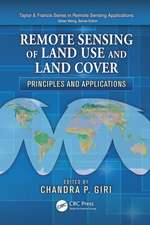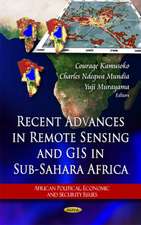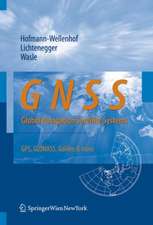Introduction to Microwave Remote Sensing
Autor Iain H. Woodhouseen Limba Engleză Hardback – 2 noi 2005
This volume takes an “application-driven” approach. Instead of describing the technology and then its uses, this textbook justifies the need for measurement then explains how microwave technology addresses this need.
Following a brief summary of the field and a history of the use of microwaves, the book explores the physical properties of microwaves and the polarimetric properties of electromagnetic waves. It examines the interaction of microwaves with matter, analyzes passive atmospheric and passive surface measurements, and describes the operation of altimeters and scatterometers. The textbook concludes by explaining how high resolution images are created using radars, and how techniques of interferometry can be applied to both passive and active sensors.
Preț: 853.14 lei
Preț vechi: 1040.41 lei
-18% Nou
Puncte Express: 1280
Preț estimativ în valută:
163.27€ • 177.28$ • 137.14£
163.27€ • 177.28$ • 137.14£
Carte tipărită la comandă
Livrare economică 23 aprilie-07 mai
Preluare comenzi: 021 569.72.76
Specificații
ISBN-13: 9780415271233
ISBN-10: 0415271231
Pagini: 400
Ilustrații: 87 black & white illustrations, 1 black & white tables
Dimensiuni: 178 x 254 x 27 mm
Greutate: 0.92 kg
Ediția:1
Editura: CRC Press
Colecția CRC Press
ISBN-10: 0415271231
Pagini: 400
Ilustrații: 87 black & white illustrations, 1 black & white tables
Dimensiuni: 178 x 254 x 27 mm
Greutate: 0.92 kg
Ediția:1
Editura: CRC Press
Colecția CRC Press
Public țintă
UndergraduateCuprins
Why microwaves? A brief history of microwaves. Physical fundamentals. Polarimetry. Microwaves in the real world. Detecting microwaves. Atmospheric sounding. Passive imaging. Active microwaves. Imaging radar. Interferometry.
Recenzii
“This book can serve as a textbook for graduate students on the properties of microwaves and how they can be used to study the Earth, and also as a good reference for remote sensing scientists and engineers who would like a convenient summary of relevant electromagnetic gathered in a single volume. … This book fills an important niche between classical electromagnetic textbooks and detailed application manuals, giving an appreciation of how microwave remote sensing relates discipline science to the fundamentals of radio wave propagation. … The book stands out as a worthy general text that is ideally suited for introductory coursework o tot serve as an advanced reference. This book should find its way onto many desks and bookshelves belonging to remote sensing professionals and future remote sensing professionals.”
—In PE&RS, Vol. 73, No. 7, July 2007
—In PE&RS, Vol. 73, No. 7, July 2007
Descriere
Introduction to Microwave Remote Sensing offers an extensive overview for technically oriented undergraduates and graduate students. Following a brief summary of the field and a history of the use of microwaves, the book explores the physical properties of microwaves and the polarimetric properties of electromagnetic waves. It examines the interaction of microwaves with matter, analyzes passive atmospheric and passive surface measurements, and describes the operation of altimeters and scatterometers. The textbook concludes by explaining how high resolution images are created using radars, and how techniques of interferometry can be applied to both passive and active sensors.
